Mat Form Field Must Contain A Matformfieldcontrol
**MatFormField Overview:**
MatFormField is a container component that wraps form field components like input, textarea, and select. It adds special styles and behavior to these components, making them interact seamlessly with Angular Material design. It provides features like floating labels, error messages, and hint texts, enhancing the user experience.
**Understanding MatFormFieldControl:**
MatFormFieldControl is an interface that forms the basis for creating a custom form field control. All form field controls within MatFormField must implement this interface to integrate with MatFormField and comply with its requirements.
**The Role of MatFormFieldControl in MatFormField:**
MatFormFieldControl plays a significant role in MatFormField. It acts as an intermediary between the form field component and MatFormField. It facilitates communication and coordination between the two, ensuring proper functioning and visual coherence.
**Implementing MatFormFieldControl Interface:**
To implement MatFormFieldControl, you need to create a custom form field control by implementing the necessary methods and properties defined by the interface. These methods include setValue, setDisabledState, and setDescribedByIds, while the properties include value, placeholder, disabled, and required, among others. By implementing these, you enable seamless integration with MatFormField and can leverage its functionalities.
**Customizing MatFormFieldControl Behavior:**
One of the advantages of using MatFormFieldControl is the flexibility it offers in customizing the behavior of your form field controls. By implementing the required methods and properties, you can define how your form field control interacts with MatFormField, such as setting values, disabling the control, or adding description IDs. This allows you to tailor the behavior of your form field control according to your application’s specific needs.
**Validating MatFormField Input:**
MatFormFieldControl also provides a mechanism to validate user input. By implementing a validator function, you can specify custom validation logic for your form field control. This allows you to ensure that the user’s input adheres to the required format or meets specific criteria. MatFormField will then display error messages and apply appropriate styles based on the validation results.
**Handling Errors and Error Messages:**
Error handling is a crucial aspect of form field controls, and MatFormFieldControl offers support for displaying error messages. By implementing the getErrorMessage method, you can provide custom error messages for different validation scenarios. This enables users to easily understand and rectify any issues with their input.
**Best Practices for Using MatFormField and MatFormFieldControl:**
When using MatFormField and MatFormFieldControl, it’s essential to follow best practices to ensure a smooth and consistent user experience. Here are some tips to keep in mind:
1. Every form field within MatFormField should contain a MatFormFieldControl to function correctly. Failing to include one will result in errors, such as “At form field must contain a matformfieldcontrol at getmatformfieldmissingcontrolerror.”
2. Use the “disabled” attribute of MatFormField to disable the entire form field. This is useful when you want to prevent user input temporarily.
3. Utilize “matSuffix” to add additional elements or icons next to the form field. This is commonly used for clear buttons or dropdown indicators.
4. Ensure that the “Mat-label” component is imported correctly. If you encounter the error “Mat-label’ is not a known element,” verify that the necessary module is imported and included in the application.
5. For select dropdowns, use the “Mat-select” component from Angular Material. This provides a consistent and accessible dropdown experience for users.
6. To utilize the MatFormFieldControl, ensure that the “MatInputModule” is imported and included in the application. This module contains the necessary components and directives to support form field controls.
7. To programmatically set the value of a mat-select component, use the “setValue” method provided by MatFormFieldControl. This allows you to set the selected value based on your application’s logic.
8. If you need to create a custom form control, implement the MatFormFieldControl interface to ensure compatibility and seamless integration with MatFormField.
In conclusion, MatFormFieldControl plays a vital role in MatFormField by providing an interface for custom form field controls. With its flexibility and customization options, you can create rich and interactive form fields that enhance user experience. By following best practices and handling errors effectively, you can leverage the power of MatFormField and MatFormFieldControl to build robust and user-friendly forms in your Angular application.
Mat-Form-Field Must Contain A Matformfieldcontrol.
Keywords searched by users: mat form field must contain a matformfieldcontrol At form field must contain a matformfieldcontrol at getmatformfieldmissingcontrolerror, Mat-form-field disabled, matSuffix, Mat-label’ is not a known element, Mat-select, MatInputModule, Set value mat-select Angular, Angular custom form control
Categories: Top 34 Mat Form Field Must Contain A Matformfieldcontrol
See more here: nhanvietluanvan.com
At Form Field Must Contain A Matformfieldcontrol At Getmatformfieldmissingcontrolerror
When it comes to developing web applications, forms play a crucial role in capturing user input. As a developer, ensuring that these forms are functional and error-free is essential. Angular Material, a popular UI component library for Angular, provides us with a variety of ready-to-use form controls. One such control is the MatFormFieldControl, which is used to wrap other form controls and enable them to integrate seamlessly with Angular Material.
MatFormFieldControl is a class that provides the interface for an Angular form control to be used inside a MatFormField. It is responsible for managing different aspects of the form control, including value changes, focus state, and other user interactions. In addition, it ensures that the form control conforms to the Material Design guidelines, resulting in a consistent and visually appealing user interface.
getMatFormFieldMissingControlError is an error that developers may encounter when using MatFormFieldControl. This error occurs when the MatFormField does not contain a valid form control. To understand this error better, let’s delve into some common scenarios and best practices related to this issue.
Common Scenarios and Best Practices
1. Missing MatInput
One common scenario where this error occurs is when the MatInput component is not nested within the MatFormField. MatInput is a popular form control used to capture user input in Angular Material. To resolve this error, ensure that the MatInput component is wrapped inside the MatFormField component, as shown in the following code snippet:
“`html
“`
2. Incorrect formControlName binding
Another scenario that may lead to the getMatFormFieldMissingControlError is when the formControlName binding is incorrect or missing. Form control bindings help establish a connection between the form control and the underlying data model. Double-check that the formControlName attribute is set correctly and corresponds to the form control you want to link it with:
“`html
“`
3. Nested MatFormField
Using nested MatFormField components can also trigger this error. In Angular Material, it is not necessary to nest MatFormField components within each other. If you encounter the getMatFormFieldMissingControlError, ensure that your form structure does not include nested MatFormField elements.
“`html
“`
4. Check FormControl instance
When using custom form controls or third-party libraries, it becomes critical to ensure that the form control instance used for form validation is correct. Validate that the proper FormControl instance is passed to the MatFormFieldControl by checking the form group structure and control initialization.
FAQs
Q1: Why am I getting the getMatFormFieldMissingControlError?
A1: This error occurs when the MatFormField does not wrap a valid form control or if the formControlName binding is incorrect or missing.
Q2: How can I fix the getMatFormFieldMissingControlError?
A2: Make sure that the MatFormField contains a valid form control, ensure that the formControlName binding is accurate, and avoid nesting MatFormField components.
Q3: Can I use custom form controls with MatFormFieldControl?
A3: Yes, MatFormFieldControl can be used with custom form controls. Ensure that the form control instance is correctly passed to the MatFormFieldControl to avoid the error.
Q4: Does MatFormFieldControl support Material Design guidelines?
A4: Yes, MatFormFieldControl ensures that the form control adheres to the Material Design guidelines, resulting in a visually consistent user interface.
Q5: Are there any troubleshooting steps for the getMatFormFieldMissingControlError?
A5: Check if the MatInput component is nested within the MatFormField, verify the formControlName binding, avoid nesting MatFormField components, and validate the FormControl instance used for form validation.
In conclusion, the getMatFormFieldMissingControlError is an error that developers may encounter when using MatFormFieldControl in Angular Material. By following the best practices discussed above and addressing the common scenarios, you can resolve this error and ensure that your forms function properly and adhere to the Material Design guidelines.
Mat-Form-Field Disabled
The mat-form-field is a crucial component in Angular Material, a popular UI component library for the Angular framework. It provides a consistent and customizable way to create form fields in web applications. One of the key features of the mat-form-field is the ability to disable it, preventing user interaction and adding an indicator that it cannot be edited. In this article, we will explore the mat-form-field disabled property in detail, discussing its usage, benefits, and common questions surrounding this feature.
The disabled property in mat-form-field allows developers to control the form field’s interactivity. When set to true, the form field becomes disabled, preventing user input through both the input element and any associated input controls like buttons or icons. Additionally, the disabled property applies a visual cue, such as a faded appearance and the cursor changing to a not-allowed symbol, indicating that the field is disabled to the user.
The disabled property can be set in two ways. First, we can define it directly in the mat-form-field element within the template, like this:
Alternatively, we can also dynamically control the disabled state programmatically by binding it to a property in the component class. For example:
In this case, the value of isFieldDisabled in the component will determine the disabled state of the form field. Changing the value of isFieldDisabled will update the disabled state accordingly.
Now, let’s delve into the benefits of using mat-form-field disabled. One of the primary advantages is the ability to communicate to users that certain fields are off-limits or not applicable in a given context. This prevents users from wasting time and effort trying to interact with disabled fields, leading to a better user experience.
Moreover, the disabled property allows developers to create input-only or display-only form fields by selectively disabling certain fields based on business logic or user roles. This enhances the usability and clarity of the interface, providing a more intuitive interaction for users.
Additionally, when form fields are disabled, the underlying form validation mechanisms omit them. Validators and error messages associated with disabled fields are not triggered, reducing unnecessary clutter. This promotes a cleaner and more streamlined form experience, emphasizing the relevant fields for user input.
Now, let’s address some frequently asked questions related to mat-form-field disabled:
Q: Can I customize the appearance of a disabled mat-form-field?
A: Yes, you can! Angular Material provides CSS classes for styling disabled form fields. By targeting these classes with custom styles, you can alter the visual presentation of disabled fields to match your application’s design.
Q: Can users still copy and paste text into a disabled mat-form-field?
A: Yes, the disabled property only prevents direct user input. Users can still copy and paste text into a disabled field if they have obtained the text from another source.
Q: Are disabled form fields submitted when the form is submitted?
A: By default, Angular forms exclude disabled fields from the submitted form data. However, you can override this behavior by adding the `` element inside the mat-form-field with the `disabled` attribute instead.
In conclusion, the mat-form-field disabled feature is a valuable tool for enhancing user experience and improving the clarity of form interfaces. By disabling form fields selectively and appropriately, developers can provide users with a clearer understanding of their input capabilities while reducing unnecessary clutter. Whether it’s to prevent user interaction, display read-only information, or streamline form validation, mat-form-field disabled is a powerful feature that Angular developers can leverage to create intuitive and efficient web applications.
Matsuffix
Introduction
In the world of natural language processing (NLP), various algorithms and techniques have been developed to tackle the challenges of understanding languages. One such technique is known as matSuffix, a powerful tool that aids in word stemming and analysis. In this article, we will delve into the specifics of matSuffix, its applications, and its benefits for NLP.
Understanding matSuffix
matSuffix is a computational algorithm designed to extract the root form of a word by removing its suffix. It utilizes an extensive collection of linguistic rules and patterns to accurately determine the stem of a word in various languages. This algorithm has been successfully implemented in many NLP systems, enabling more advanced text analysis and processing.
Applications of matSuffix
1. Information Retrieval:
In the field of information retrieval, the ability to find relevant documents based on keywords is crucial. By utilizing matSuffix, search engines can broaden the scope of retrieval by considering words with the same root form. For example, a search for “run” would also include results containing “running” or “runner”, which can greatly enhance the precision of search results.
2. Text Classification:
Text classification is a common task in NLP, consisting of categorizing texts into predefined classes or labels. matSuffix aids in this process by reducing the dimensionality of the feature space, as words with similar stems are treated as the same feature. By using matSuffix, the classifier can focus more on the central meaning of words, improving the accuracy of classification models.
3. Sentiment Analysis:
Sentiment analysis aims to identify and extract subjective information and sentiments from text data. By employing matSuffix, sentiment analysis systems can improve their accuracy by recognizing sentiments expressed in different forms of a word. For instance, sentiments associated with the word “good” would be detected in its various forms like “goodness” or “goodly.”
Benefits of matSuffix
1. Robustness:
matSuffix demonstrates a high level of robustness, as it is designed to handle complex morphology in different languages. It can accurately handle irregular forms, linguistic variations, and inflections. This versatility makes it a valuable tool in multilingual NLP applications.
2. Speed and Efficiency:
The matSuffix algorithm is designed to be computationally efficient, allowing for quick execution even on large datasets. Its efficiency ensures that NLP systems can process vast volumes of text in real-time, making it suitable for diverse applications such as social media monitoring, document clustering, and more.
3. Improved Semantic Analysis:
By extracting the root form of a word, matSuffix enhances the capabilities of semantic analysis algorithms. This enables NLP systems to better recognize the meaning and context of words by focusing on their root form. This advancement provides a nuanced understanding of text, leading to improved sentiment analysis, summarization, and other NLP tasks.
FAQs:
1. How does matSuffix handle languages with complex morphology?
matSuffix uses linguistic rules and patterns specific to each language to deal with complex morphology. These rules are built using extensive language resources, including dictionaries, corpora, and linguistic expertise. By considering the unique characteristics of each language, matSuffix can accurately determine the stem of a word, irrespective of its complexity.
2. Does matSuffix only work on individual words, or can it handle sentences and paragraphs?
matSuffix primarily focuses on individual words, as its objective is to extract the root form of a given word by removing the suffix. However, it can still be used in various NLP tasks that involve sentences and paragraphs. For instance, it can be applied to sentence tokenization before further analysis or to preprocess text before classification or information retrieval.
3. Are there any limitations to using matSuffix?
While matSuffix is a robust and efficient algorithm, it does have some limitations. It may struggle with certain language-specific cases or rare or obscure words that do not follow conventional linguistic patterns. Additionally, matSuffix does not account for words with different stems sharing similar suffixes. In such cases, a more advanced approach involving machine learning techniques may be required.
Conclusion
matSuffix is a powerful algorithm that plays a significant role in natural language processing applications. By accurately extracting the root form of words, it enhances information retrieval, text classification, and sentiment analysis. Its robustness, speed, and efficiency make it an invaluable tool for NLP systems, enabling more advanced linguistic analysis and understanding. With continuing advancements in NLP research, matSuffix is poised to further revolutionize the field, contributing to the development of smarter and more efficient language processing systems.
Images related to the topic mat form field must contain a matformfieldcontrol
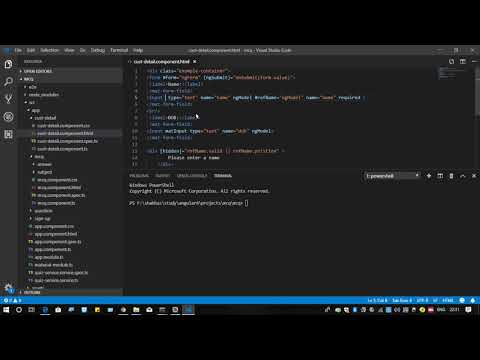
Found 23 images related to mat form field must contain a matformfieldcontrol theme



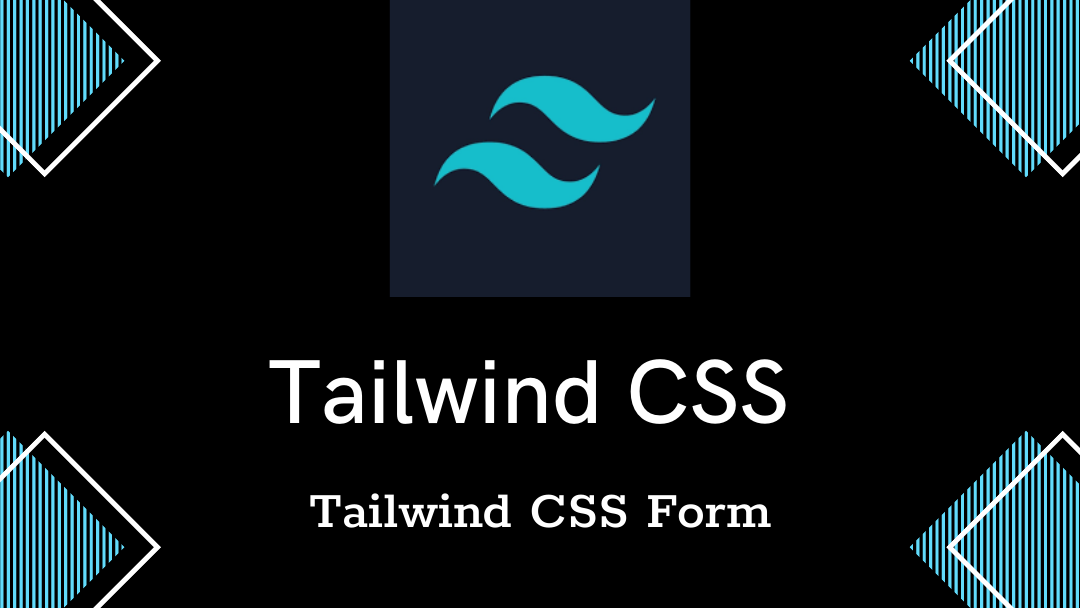




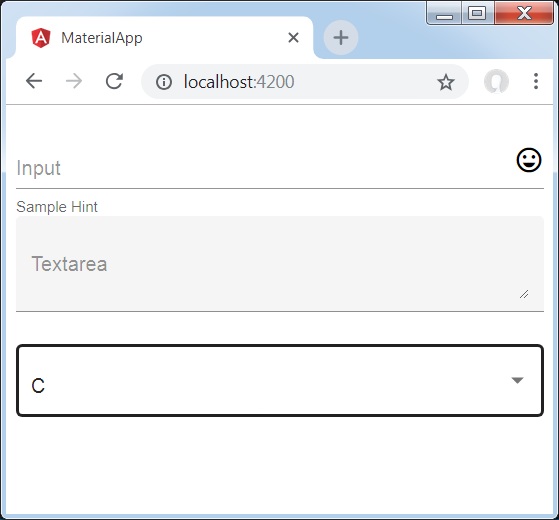

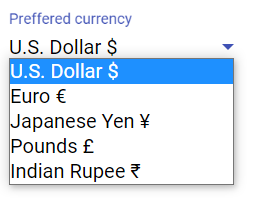





















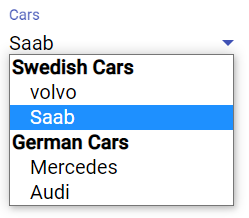






Article link: mat form field must contain a matformfieldcontrol.
Learn more about the topic mat form field must contain a matformfieldcontrol.
- mat-form-field must contain a MatFormFieldControl
- mat-form-field must contain a MatFormFieldControl error fix in …
- Fix: mat-form-field must contain a MatFormFieldControl error …
- Angular: mat-form-field must contain a MatFormFieldControl
- mat-form-field must contain a MatFormFieldControl – Elite Corner
- Error: mat-form-field must contain a MatFormFieldControl …
- mat-form-field must contain a MatFormFieldControl-angular.js
See more: https://nhanvietluanvan.com/luat-hoc